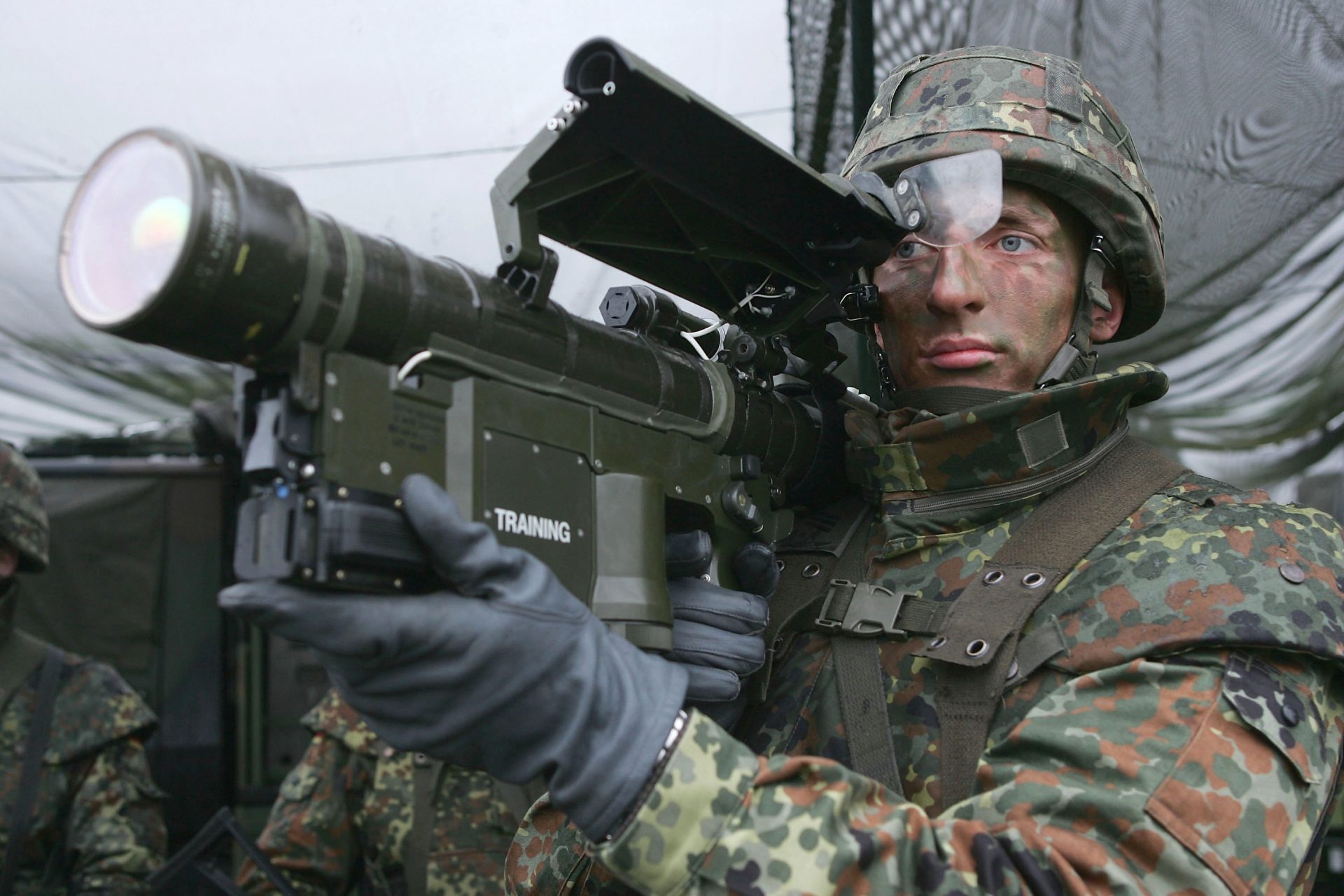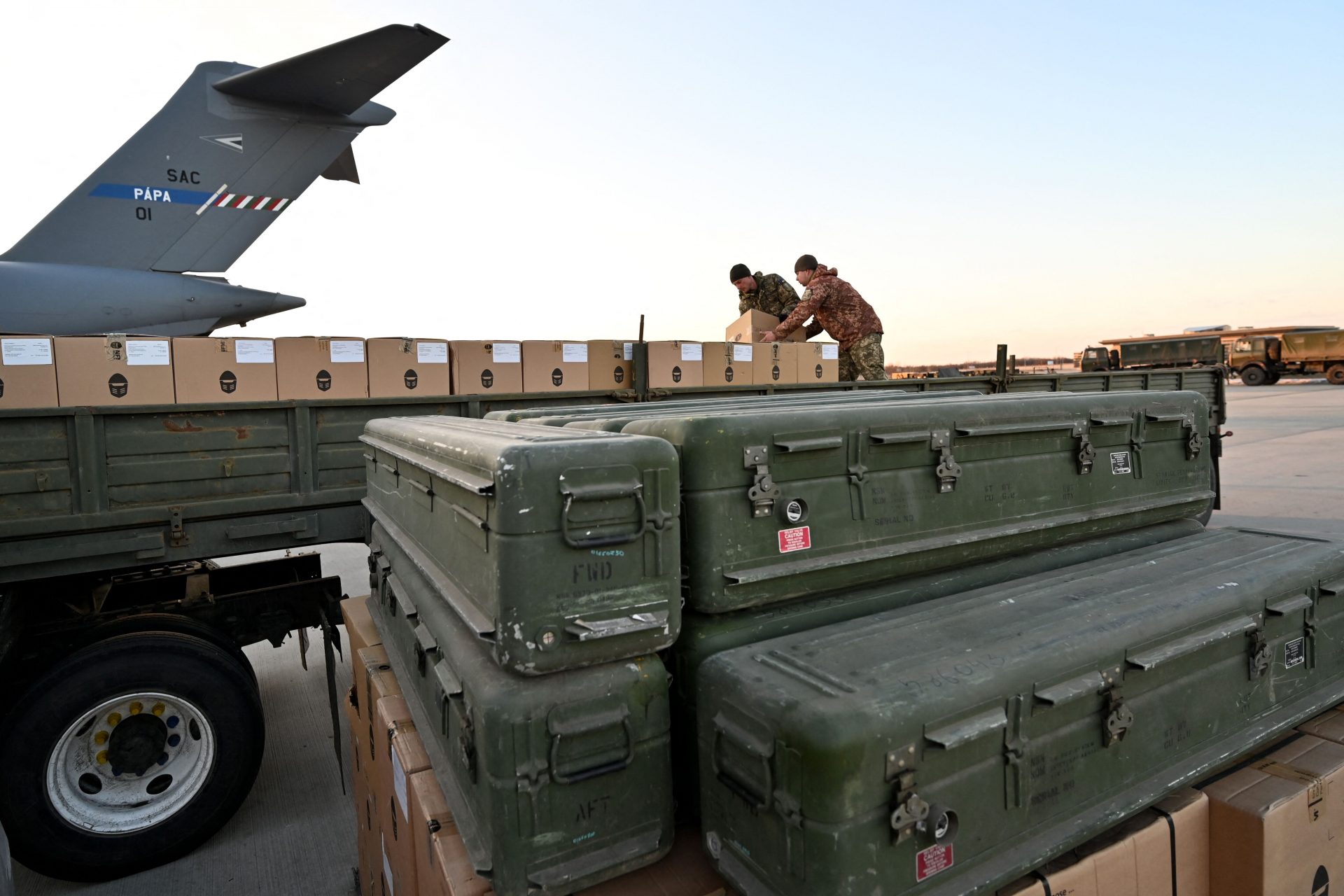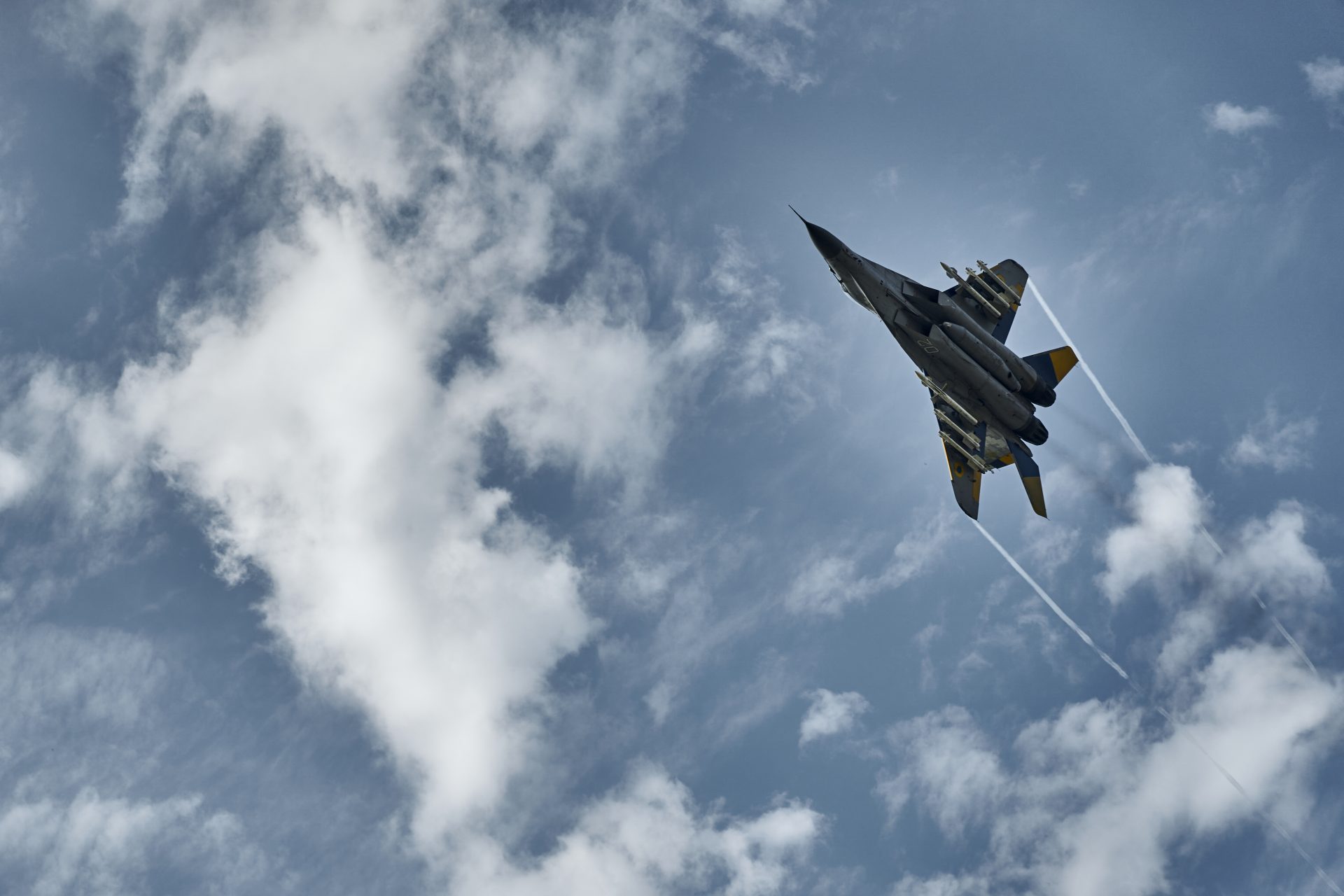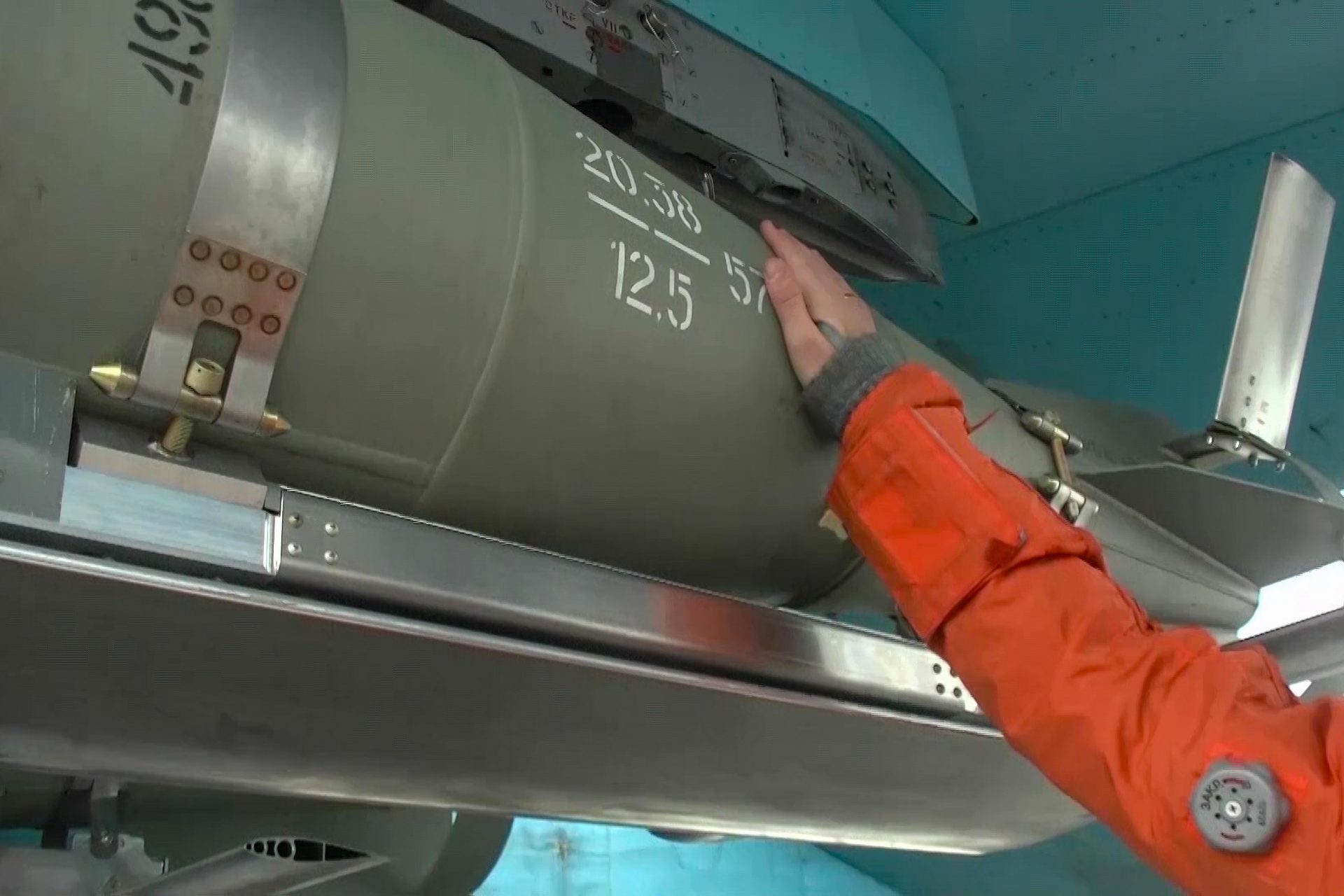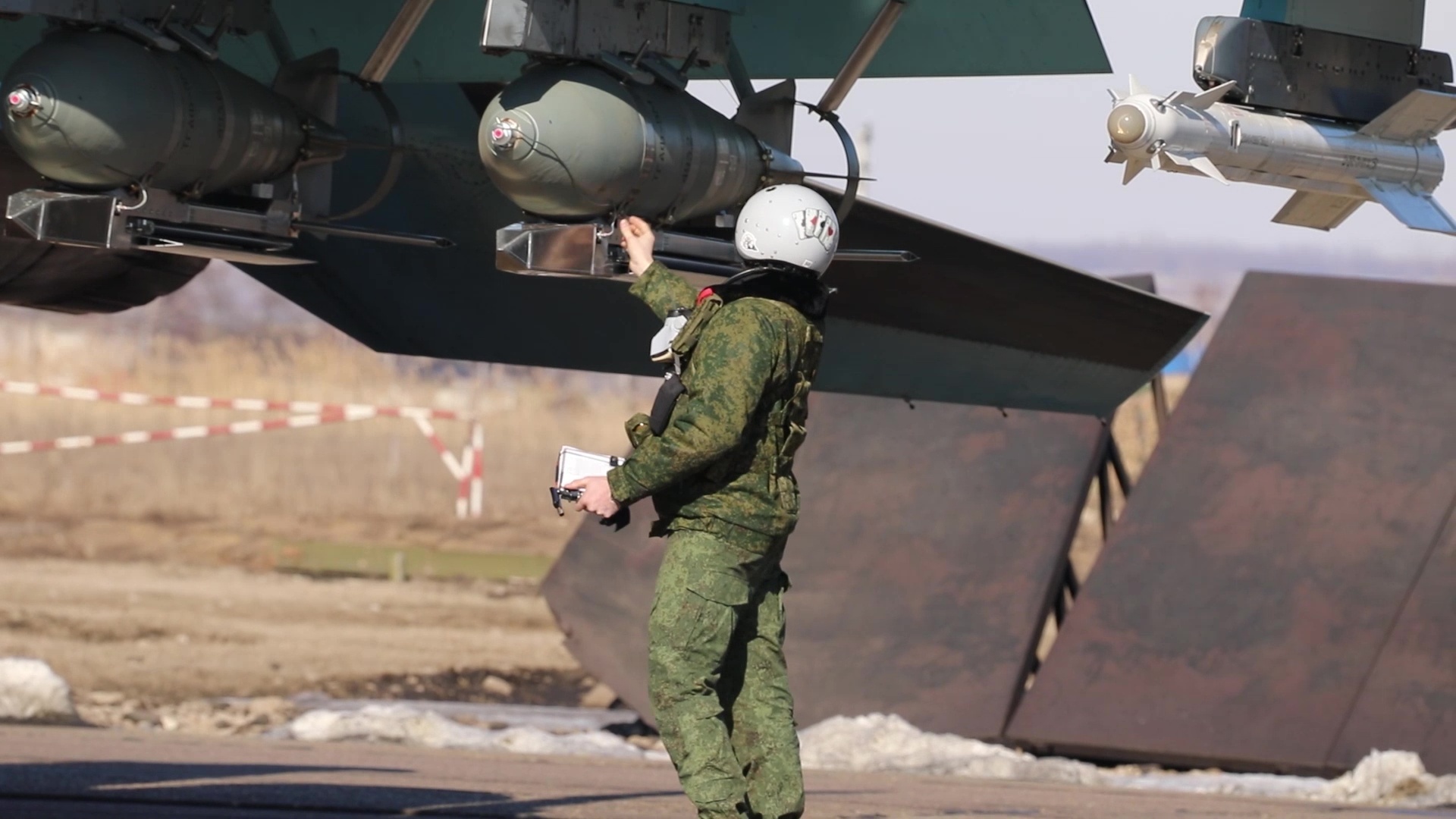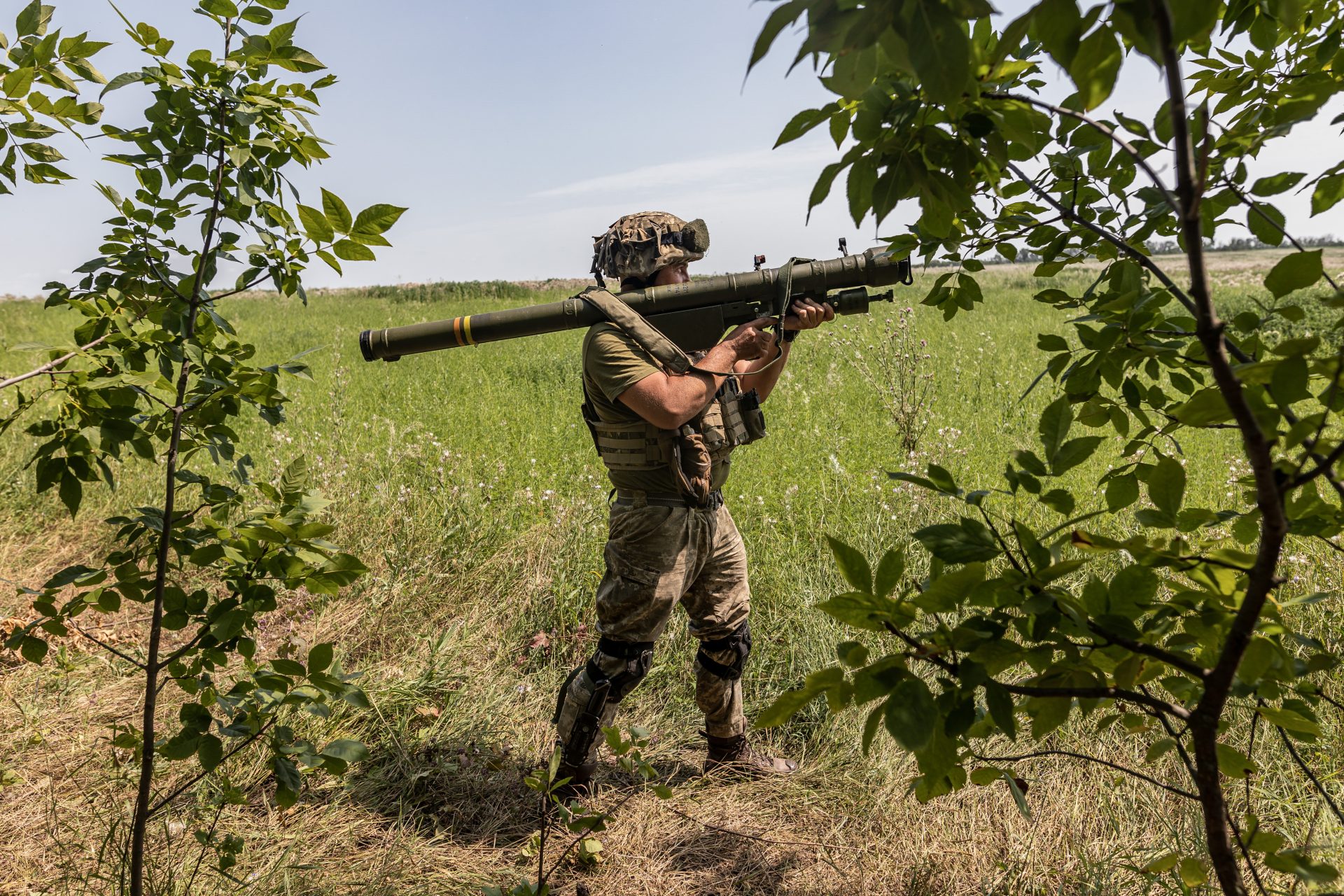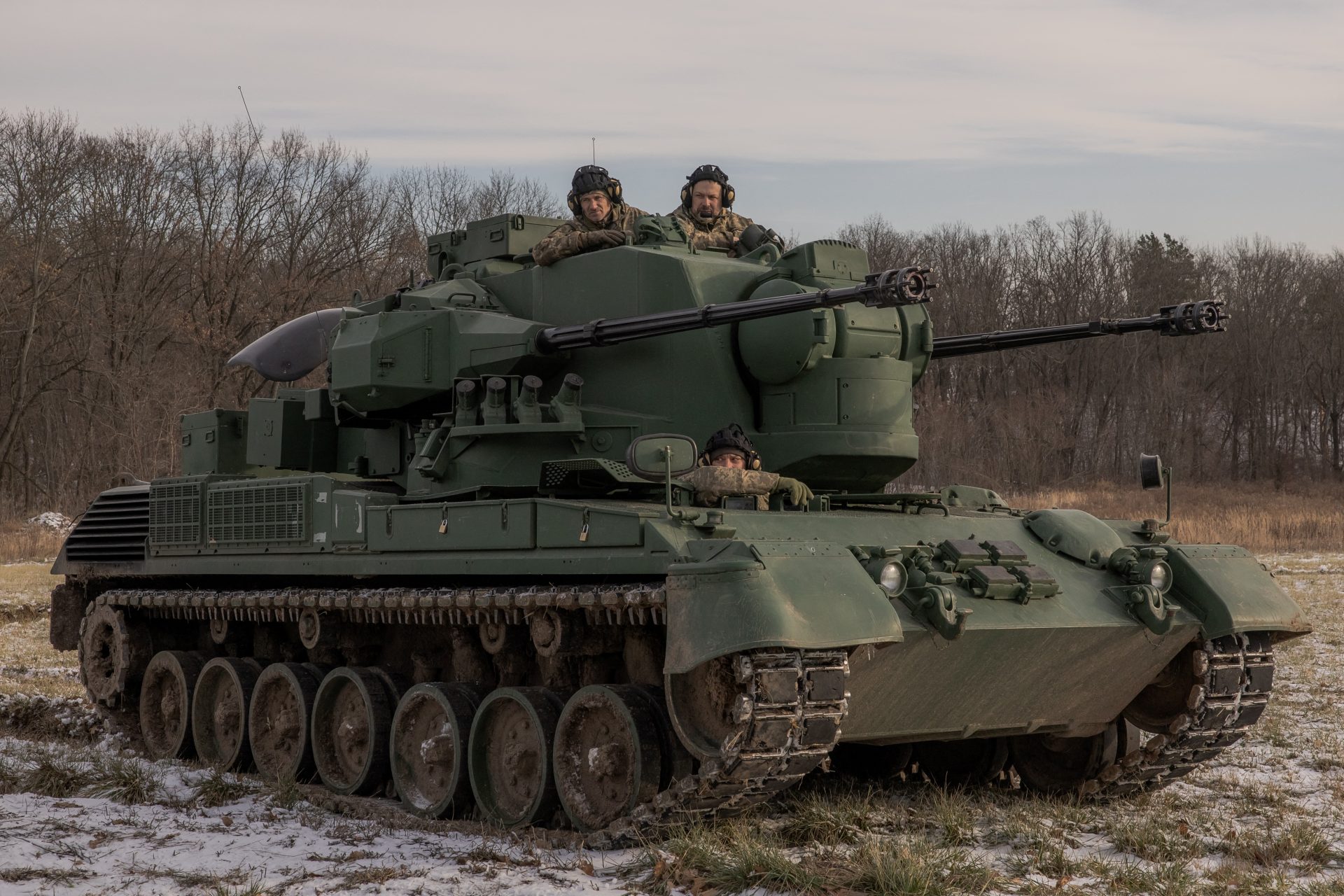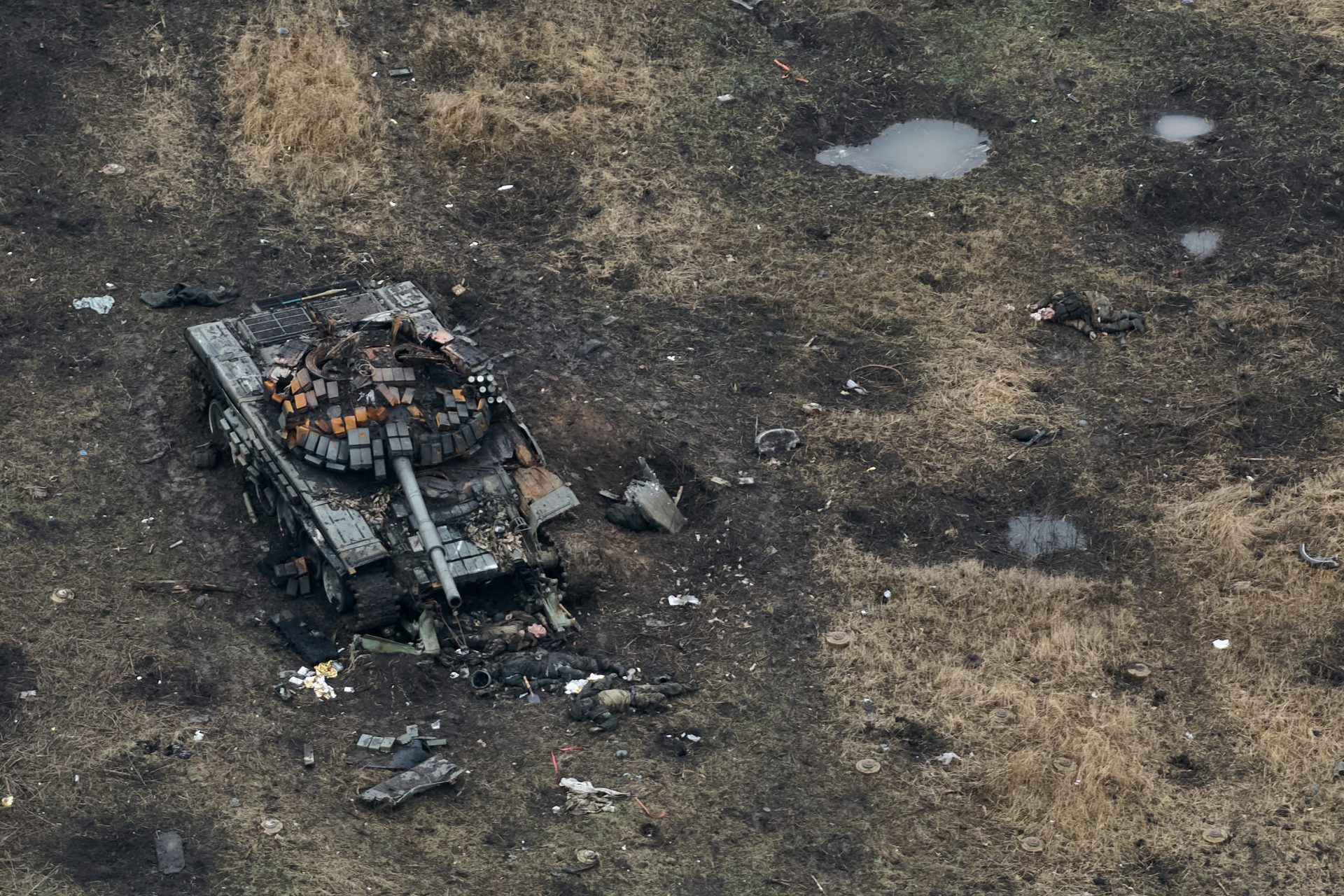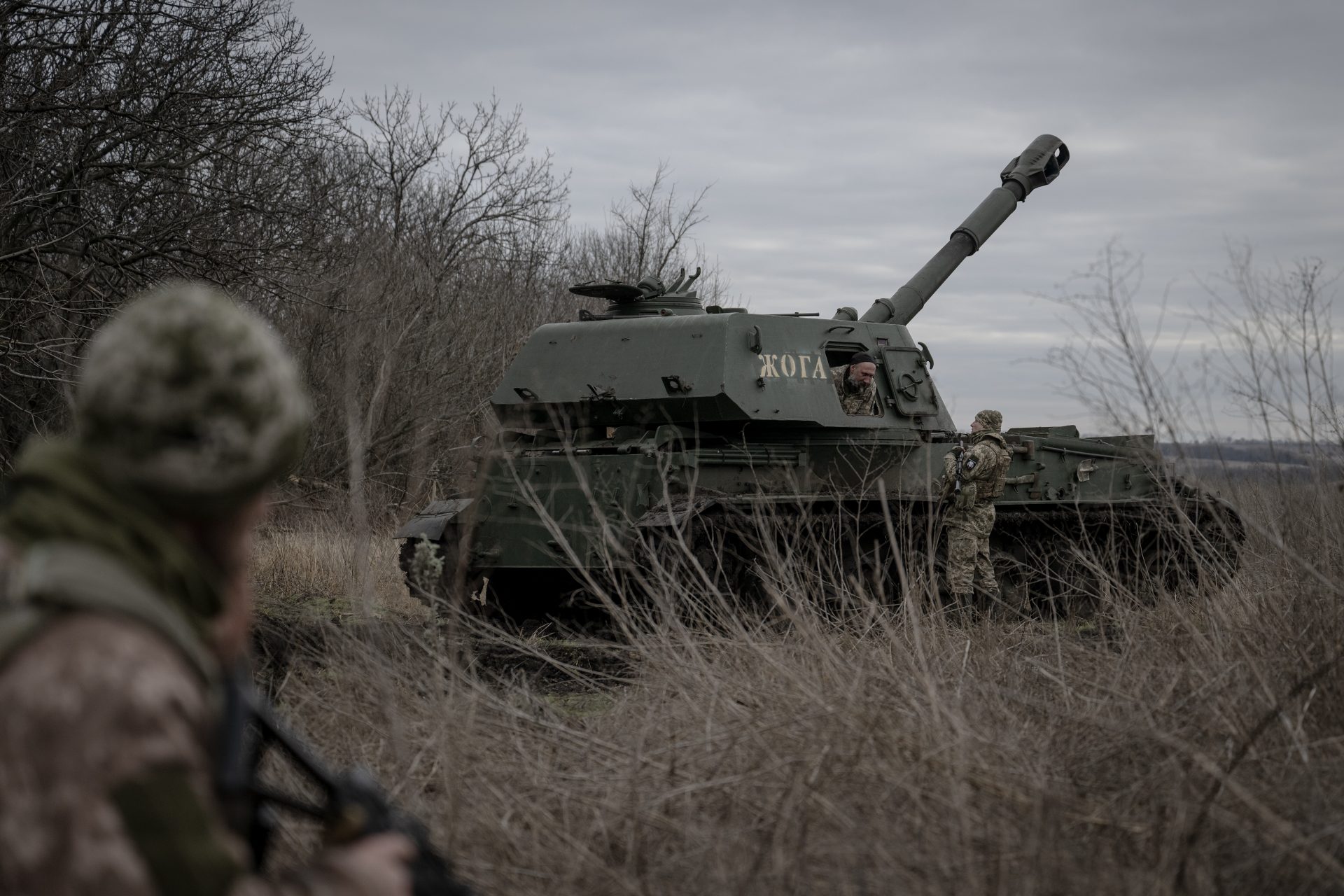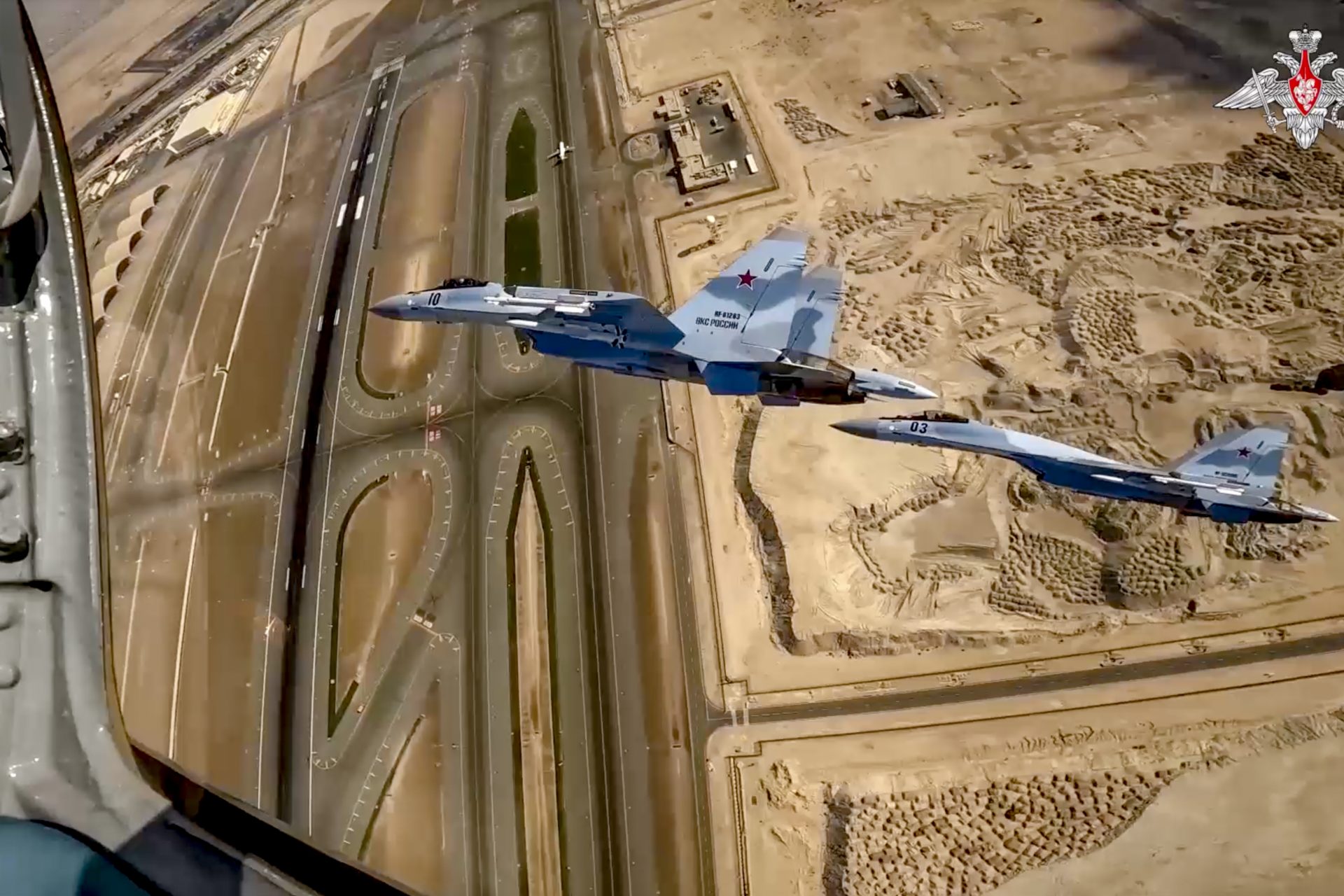America is giving Ukraine a key weapon at an important time
On March 12th, 2024, the United States announced a surprise $300 million aid package for Ukraine from money it saved during previous rounds of security assistance. Included in the package was a key weapon.
Ukraine was set to receive an unknown number of Stinger anti-aircraft missiles from the United States according to a press release from the Department of Defense. This was a welcomed surprise to war analysts.
The FIM-92 Stinger anti-aircraft missile is a man-portable surface-to-air system that has proven to be one of the most effective weapons of the entire war, and the new stock of Stingers comes at a crucial time.
Vikram Mittal of Forbes reported that the new shipment of Stinger missiles was being given to Ukraine just as Moscow had increased its aerial activity all across the frontline to assist its renewed offensives.
“Russian aircraft are playing a significant role in the renewed Russian offensive,” wrote Mittal, adding that the Kremlin’s air force was providing its “support to ground forces as they breach Ukrainian defenses.”
“As such, for the Ukrainians to hold their territory, they must be able to shoot down Russian aircraft, hence the importance of the Stinger missiles,” Mittal continued. But what are the threats facing Ukraine?
The most worrying development in recent months has been the deployment of Russia’s new powerful FAB-1500 bomb, a 1.5-tonne weapon composed of roughly half explosive material according to CNN.
Russia has been converting older Soviet-era dumb bombs into precision-guided bombs with the help of a conversation kit that gives pilots the capability to launch their payload from as far away as 70 kilometers (112 miles).
The Stinger missile isn’t likely to assist in downing aircraft launching the FA-1500 since it only has a range of between roughly 4 to 8 kilometers or about 6.5 to 12.8 miles, but can still be very useful for Ukraine.
Ukraine’s Stinger missiles are an integral part of its air defense network since they can be used with little training and can be carried across the battlefield to problem sections of the frontline where the fight is heavier.
It’s difficult to detect soldiers with Stingers according to Mittal, which aids Ukraine in its new strategy to halt Russia's using a dense network of defensive minefields and other obstacles to slow advances to a crawl.
Mittal explained that the increase of Russian aviation on the battlefield was probably tied to “the network of obstacle belts, including minefields, that the Ukrainians deployed to impede the Russian ground forces.”
Ukrainian minefields and defensive obstacles are patrolled by troops using drones, and when Russian forces attempt to breach the areas, they are destroyed with artillery. But there is a way to beat Ukraine’s minefields.
“For the Russian forces to be able to push through the minefields, they must neutralize either the Ukrainian drones or artillery,” Mittal explained, adding that Russia has chosen to target Ukraine's artillery systems using their aircraft.
“As Russian units approach a Ukrainian obstacle belt, they are accompanied by aircraft that seek out and strike the Ukrainian artillery,” Mittal wrote, and it is here that Stingers from the United States can help Ukraine.
Russian pilots providing close air support are vulnerable to Stinger attacks. They might be to avoid the attacks using countermeasures, but that will prevent them from hitting Ukrainian artillery, so Kyiv wins either way.
More for you
Top Stories





